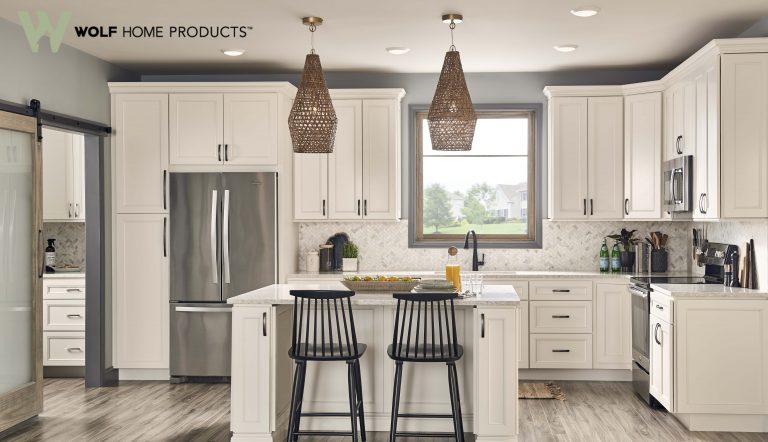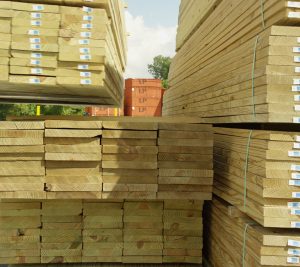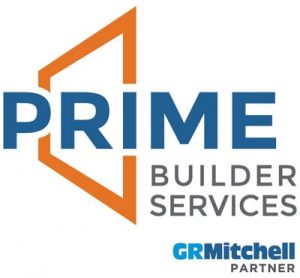CONTRACTOR SPOTLIGHT: CK BUILDS, LLC
May 15, 2019TURN YOUR PIN INTO A REAL LIFE PROJECT
August 14, 2019BUILDING MATERIAL PRICING – MID-YEAR CHECK
Of course, you want to maximize your profits. When, from where, and what building materials you’re purchasing could expose your business to profit loss. Regional weather patterns, fluctuating fuel cost, vendor mergers and acquisitions, and even local and global government influence can impact material cost.
What’s happening in 2019 that your business needs to know in order to make smart planning and purchasing decisions for your next building and renovation projects?
What’s happening in 2019 that your business needs to know in order to make smart planning and purchasing decisions for your next building and renovation projects?
By the Boat Load
Chances are that you’ve heard about already levied and pending US tariffs/anti-dumping legislation on China for a variety of industries including meat, plastics, textiles, metals, fertilizers, wood/paper products, electronics, and the list goes on. But how does this impact homebuilders and contractors?Based upon the sheer size and weight of some building materials, the fuel cost associated with importing product has decreased China’s allure as a monetarily viable sourcing option for GR Mitchell. Speed of fulfillment and the ability to customize product per job have also been deterrents in partnering with Chinese manufacturers.
However, to meet budgetary needs, Chinese-manufactured product is a worthwhile alternative in some product categories. In others, it’s difficult to even find a domestic supplier. A large portion of the primed and PVC boards in the market are imported from China, which have already undergone a 10% increase in tariffs with another 15% anticipated in the next 3 to 6 months. It’s likely that this same level of increase we’ll be experienced on all imported building materials (from China) within that time-frame.
As of today, GR Mitchell has been notified about price increases from a railing supplier and hardware supplier, citing tariffs as the cause.
The Great Equalizer
In certain verticals, like cabinetry for instance, we’ve developed strong bonds with US suppliers that offer superior quality and assortment to imported products. While the value proposition is strong, there are instances in which a product with a lower price-point will always prevail as the preferred option.With imported Chinese hardwood and wood pulp products already impacted by 10%, there’s more price parody in the market for US-made products when compared to import. Price disparity between imported and domestic product will further reduce as additional levies are applied. Ultimately, the overall cost of the most budget-conscience kitchen projects will increase, however the inclusion of higher quality materials at the lowest pricing tier (read this as US-made product being equal to the cost of imported options) translates to end-users appreciating the benefits of better-built products with higher levels of customer support.


The “Other” Import Issue
In our current political climate, the discussion around tariffs and anti-dumping legislation is squarely on China, but from 2017 to 2018 Canadian imports (and exports in retaliation) were more of a concern. Ignited by a 2016 petition from the U.S. lumber industry asserting that the Canadian lumber industry was heavily subsidized, a 10% tariff was applied to all product entering the US.With roughly 30% of the United State’s lumber supply milled in Canada, this decision ushered in a significant shift in the market. Cost of imported lumber increased and US-based mills chased the price up, essentially because they could demand that price as well. Futures hit a record high of $585/thousand board feet.
Homebuilders and contractors were paying top dollar and having to pass that cost along to end-users. Mills were profiting and reinvesting that money into their equipment and operations, allowing them to produce faster. Supply increased.
‘Til The Bottom Fell Out
Early 2019 brought record setting rainfall across much of the United States. Construction slowed. Demand dropped off.With a surplus of product and a decline in demand, prices dropped from record-highs to 3-year lows in a matter of 8 months. Over the past several weeks multiple major mills have announced substantial curtailments and shuttering of mills, the most recent of which (Canfor) will take 200 million board feet out of supply over the next month. Closures like these are beginning to swing the pendulum back. In the past two weeks, lumber prices have increased roughly 20% (as of 6/14/19).
Whether the price increase is sustainable or not isn’t clear. GR Mitchell’s purchasing team anticipated this spike roughly 2 months ago and took action in an attempt to keep pricing as stable as possible for builders and remodelers. Our relationships with suppliers not only help to better anticipate the market, but affords us the ability to buy based on futures when/if the outcome is positive.
Keep Surprises To A Minimum
With 50 years in the business, a large industry network, and dedicated purchasers on staff, GR Mitchell is well-positioned to anticipate price volatility. We do our best to protect your business from marketplace changes that can impact your bottom-line. Our bids/estimates account for the cost of the product we have on-hand, potential volatility in the market, and our ability to lock-in pricing with many vendors.GR Mitchell quotes are always good for 30 days, and we’ll work with you to make adjustments as-needed outside of that time-frame.
Prime Builder Services
This extension of GR Mitchell fine-tunes the building process for residential and commercial contractors and builders by minimizing demands and controlling costs. We can help to protect your profit during potentially volatile times with guaranteed material pricing for up to 1 year. Combining labor with supply for framing, finish carpentry, kitchens, and window and door projects can also help to streamline your job and protect from labor shortages.

